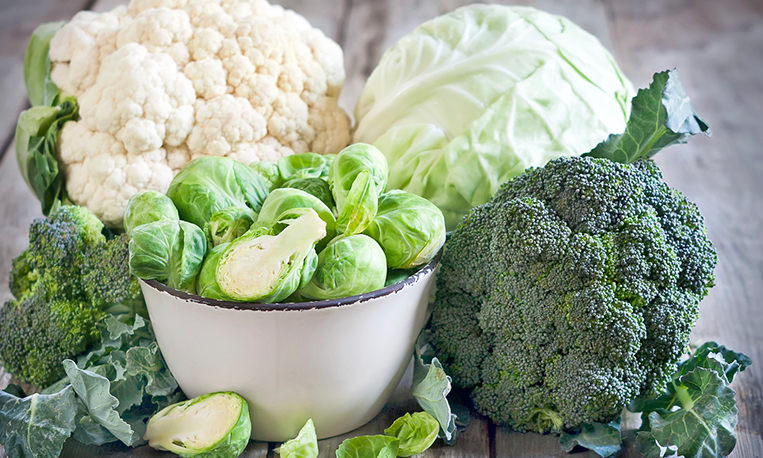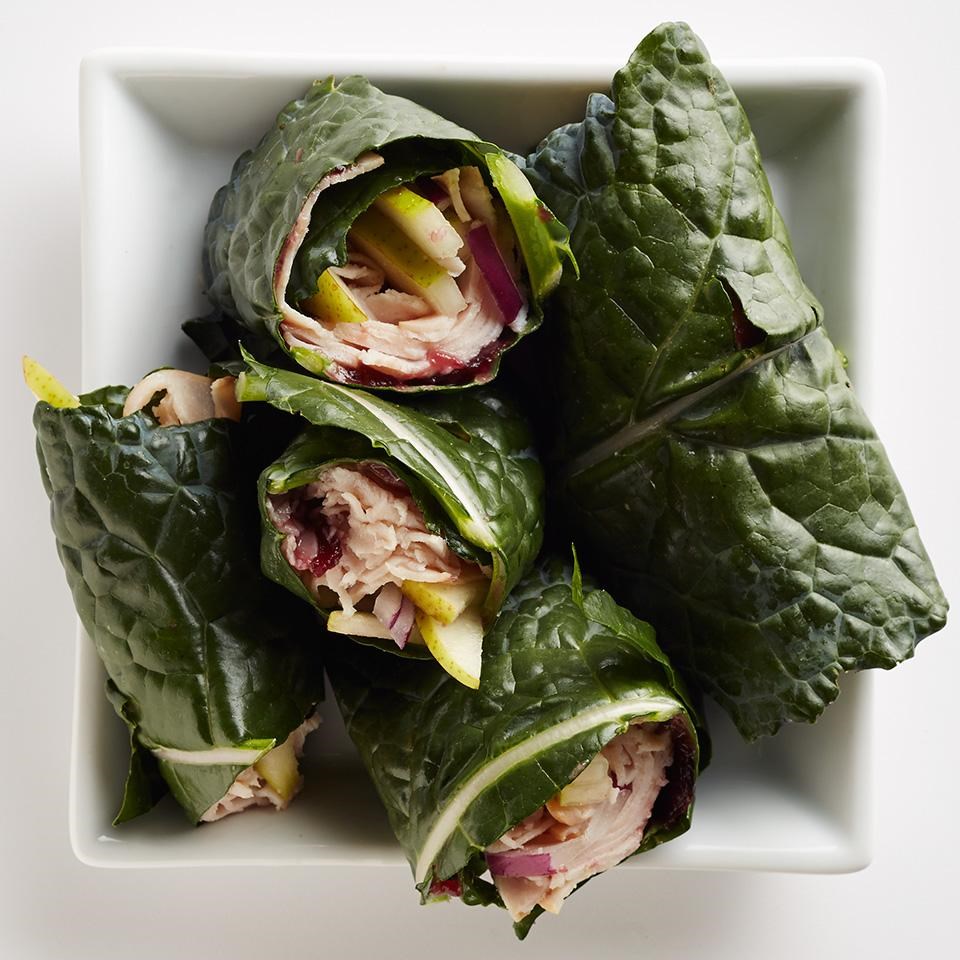This time around, we shall cover Can You Eat Ornamental Kale And Cabbage. Obviously, there is a great deal of information on Kale Varieties on the Internet. The rapid rise of social media facilitates our ability to acquire knowledge.
information about Is Ornamental Kale A Perennial is also related to Is Ornamental Kale Edible and Edible Kale Plants. As for further searchable items pertaining to Is Ornamental Kale Edible, they will likewise have anything to do with Can You Eat Ornamental Peppers.

11 Unexpected Facts About Can You Eat Ornamental Kale And Cabbage | Healthy Food Stuff, Fancy Garden Plantings or Eye-Catching Cut “Flower”—Explore the Split Personality of Ornamental Kale
- Select plants with straight, sturdy stems and compact heads showing bright colors. For potted types, their colors will intensify if kept in areas where frosty temperatures (under 60°F / 15°C) can be maintained for three to four weeks. Avoid plants whose leaves show signs of damage or yellowing, which could be disease-related. Most plants also normally emit a cabbage-like scent. To lessen these odors, especially in arrangements, change out the container’s water every two or three days and remove any yellowing leaves. - Source: Internet
- Given their extravagant foliage and mesmerizing colors, ornamental kales and cabbages are guaranteed brow-raising additions to contemporary floral designs, especially in the fall and winter. Their durable foliage also offers rich volume, which makes them ideal filler plants for special occasion bouquets and arrangements. And for the professional or novice chefs out there, ornamental kale leaves make a nice garnish, but be warned—the bitter taste isn’t for everyone. - Source: Internet
- Ornamental kale and cabbage plants are all technically types of kale (comprising the Acephala group of B. oleracea). However, in more specific classifications, ornamental kale features deeply serrated or ruffled leaves, while ornamental cabbage features broad, smooth and rounded leaves. Ornamental cabbage leaves also grow in heads (like the cabbage we eat), whereas ornamental kale leaves grow in tight rosettes. - Source: Internet
- Regardless of type, ornamental kale and cabbage foliage will showcase brilliant colors, which have become plants’ claim to fame in the floral industry. These colors are determined exclusively by weather conditions; when exposed to temperatures under 60°F (15°C) for up to four weeks, the leaves’ colors form and intensify. This is because frosty weather suppresses chlorophyll production and allows the plant’s underlying tones of white, pink, blue-green, purple and bi-color combinations to develop. - Source: Internet
- Natives of Southern and Western Europe and temperate regions of China and Japan, ornamental kales and cabbages have ancient origins that date back at least 4,000 years. Historically, the propagation of wild members of kale and cabbage (in the Brassica oleracea species) began in the Mediterranean, with the Greeks and Romans using the plants primarily as a food source. They were also seen in herbal medicines and made into poultices that could disinfect wounds. - Source: Internet
- Some popular B. oleracea cultivar series include: ‘Chidori’ ornamental kale (curly leaf edges with purple, white or magenta leaves), ‘Color Up’ ornamental cabbage (green outer leaves with white or deep pink cores), ‘Osaka’ ornamental cabbage (smooth leaves with center of white, pink or red) and ‘Peacock’ compact hybrids (deeply serrated leaves in white, red or purple). Series like ‘Osaka’, ‘Nagoya’, ‘Yokohama’ and ‘Tokyo’ naturally were named after their native homeland, as most new ornamental types are coming out of Japan. - Source: Internet
- Ornamental kales (and cabbages) are only one of the Flowers We Love, and we would love to share them all with you. Whether flowers are your passion or your profession, this living encyclopedia will expand your knowledge and entice your imagination. Visit often as we add entries to keep your floral skills growing. - Source: Internet
- Commercially available cultivars of ornamental kale and cabbage plants typically grow to 30 cm in diameter and 38 cm tall, which explains their staggering volume. Also, unlike their other common name of flowering kale (and cabbage) suggests, these plants don’t produce flowers. The “flowers” are actually the plants’ central leaves, which bloom to reveal rosette-like cores. Generally, their outer leaves will be a darker color than the inner leaves, creating a striking contrasting effect. - Source: Internet
- Today, ornamental kales and cabbages are hybridized by breeders from edible kale types with strong foliar coloration. They are members of the Brassicaceae family, which contains over 3,000 species of cool weather vegetables we know and love today (although regarding the latter, some kids may say otherwise). However, as their common name suggests, ornamental kale and cabbage plants are grown primarily for decorative reasons. In spite of the fact that they are edible, and have been used as garnishes in recipes, their bitter taste and cabbage-like scent leave much to be desired. Nonetheless, the plants’ intensely-colored leaves and texture offer volume and strong visual interest, making them coveted accent plants by designers and home gardeners. - Source: Internet
- • Ornamental kales and cabbages’ appearance is completely dependent on Mother Nature. The leaves’ unique colors form and intensify in temperatures below 60°F (15°C). It usually takes between two to four weeks for leaves to develop intense coloration from the start of a plant’s exposure to cooler temperatures. - Source: Internet
- • Looking for a beautiful and low maintenance garden plant? Ornamental kale may be the perfect choice for you! These hardy biennials and perennials require minimal care, are long-lasting and can withstand extreme cold weather conditions. They also make excellent compliments to other fall season plants, like Chrysanthemum flowers. Just make sure to keep them well-watered and displayed in areas where temperatures are consistently cool, especially at night. - Source: Internet
Video | Can You Eat Ornamental Kale And Cabbage
To obtain the most accurate information about How To Cook Ornamental Kale, it is essential to investigate the credibility of each source by reading.
This article contains multiple can you eat flowering cabbage-related films from a variety of sources, which will expand your understanding about Healthy Food Stuff, Fancy Garden Plantings or Eye-Catching Cut “Flower”—Explore the Split Personality of Ornamental Kale. Internet is an excellent resource for getting information on a range of subjects.
## Here are some crucial points concerning Edible Kale Plants:- Can You Eat Ornamental Kale And Cabbage
- Do Deer Eat Ornamental Kale And Cabbage
- Can You Eat Flowering Cabbage
- How To Cook Ornamental Kale
- Ornamental Cabbage
:max_bytes(150000):strip_icc()/PhotosLamontagne-5c438a244cedfd000109d705.jpg)
With so many websites and forums giving Ornamental Cabbage-related information, it is not difficult to locate what you require.
This is a highly unconventional method for obtaining knowledge about Is Ornamental Kale Edible, compared to what most people are accustomed to. It permits a more in-depth examination of the content and application of information regarding Ornamental Cabbage.
 Methods for creating aesthetically pleasing and informative displays of Is Ornamental Kale Edible information. They can be utilized in business and marketing environments to convey messages regarding do deer eat ornamental kale and cabbage. Consequently, we additionally supply photographs regarding Kale Varieties.
Methods for creating aesthetically pleasing and informative displays of Is Ornamental Kale Edible information. They can be utilized in business and marketing environments to convey messages regarding do deer eat ornamental kale and cabbage. Consequently, we additionally supply photographs regarding Kale Varieties.
This article concludes by providing an overview of Kale Varieties. In addition, Can You Eat Ornamental Peppers and Healthy Food Stuff, Fancy Garden Plantings or Eye-Catching Cut “Flower”—Explore the Split Personality of Ornamental Kale are discussed to compare your understanding of Is Ornamental Kale Edible.